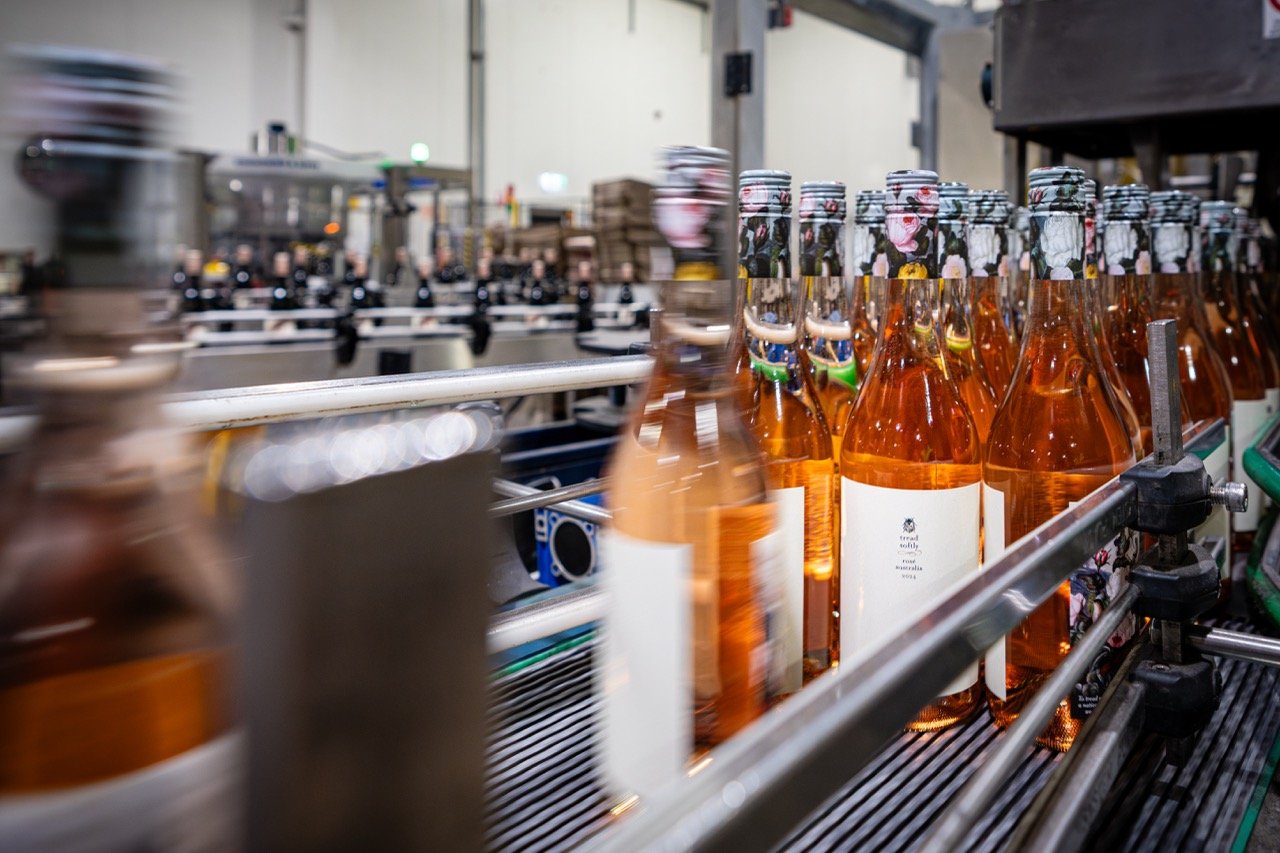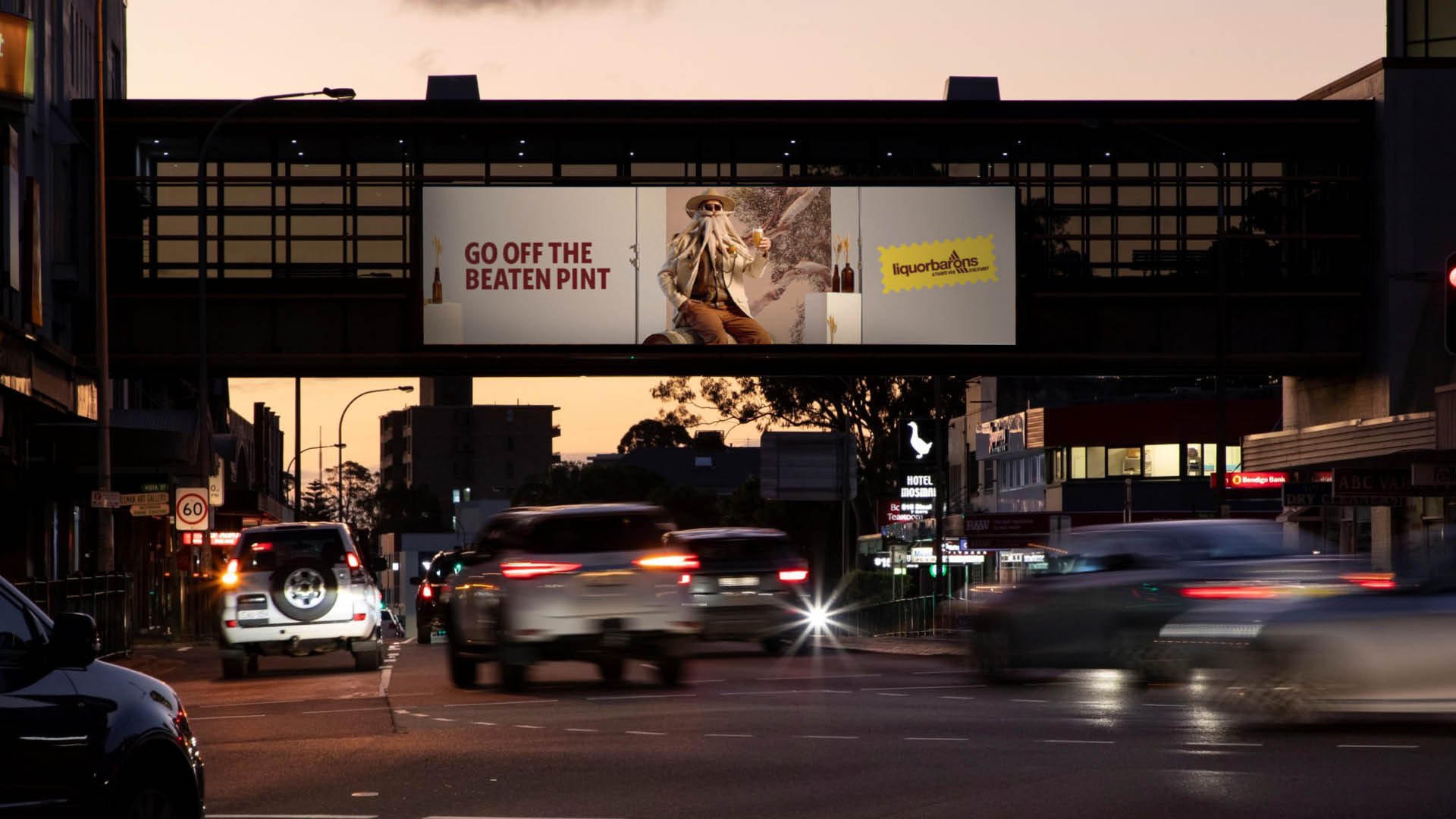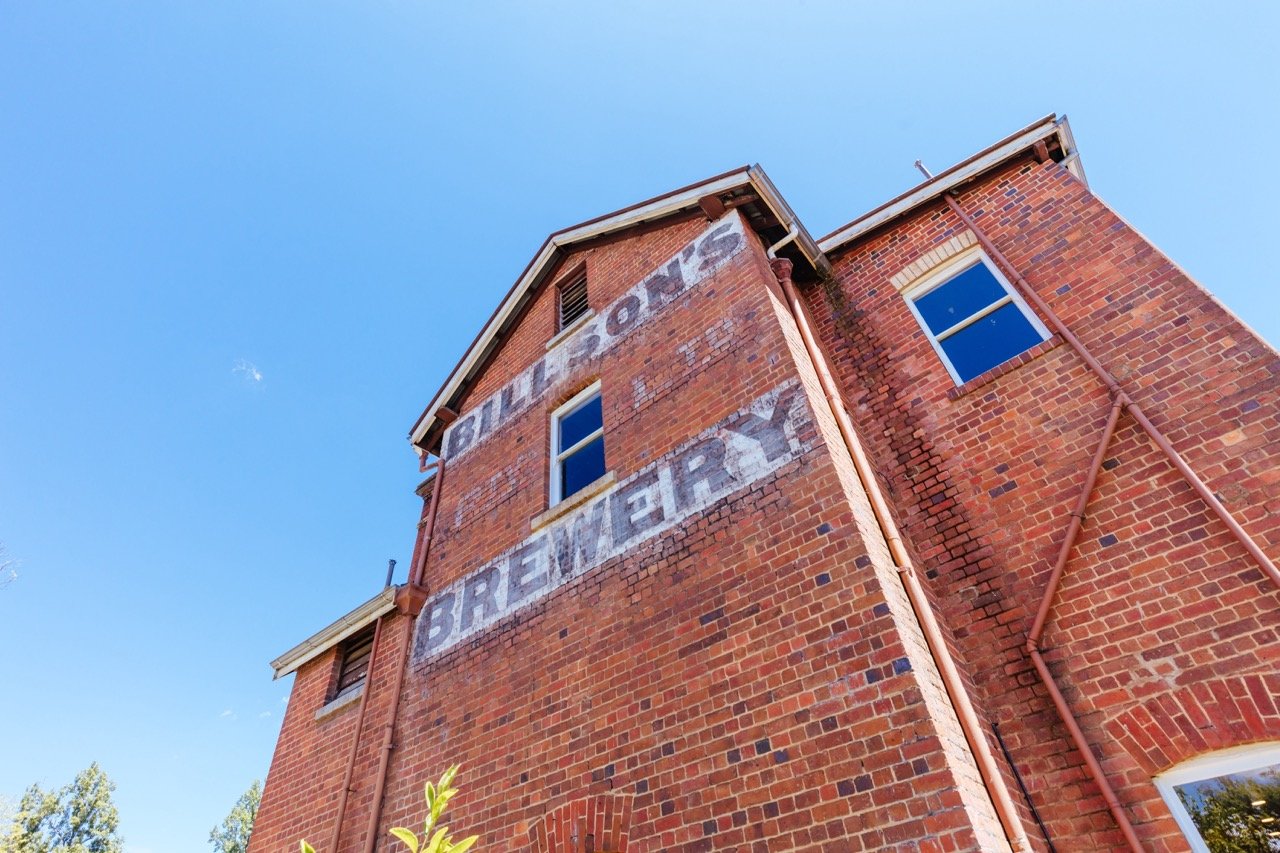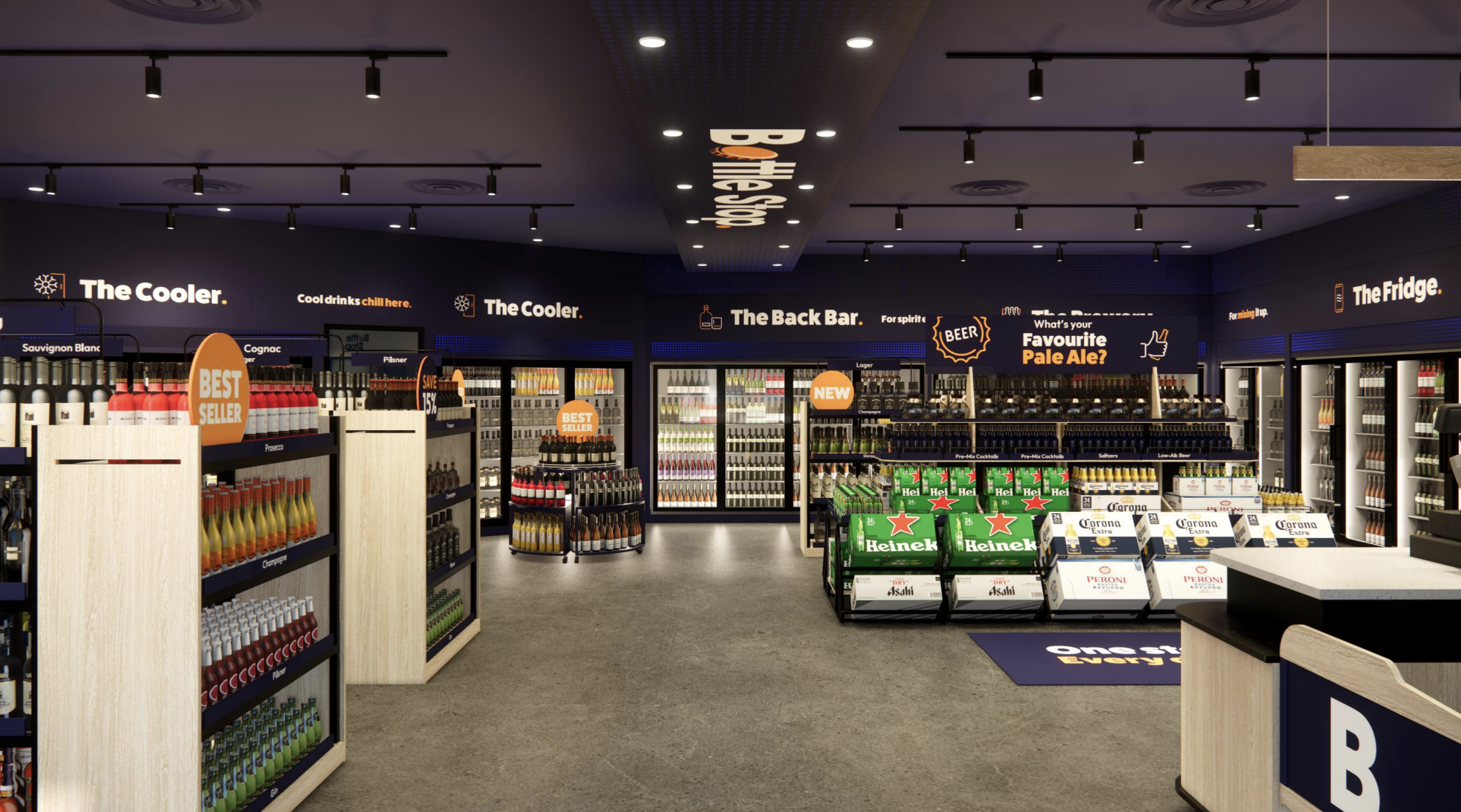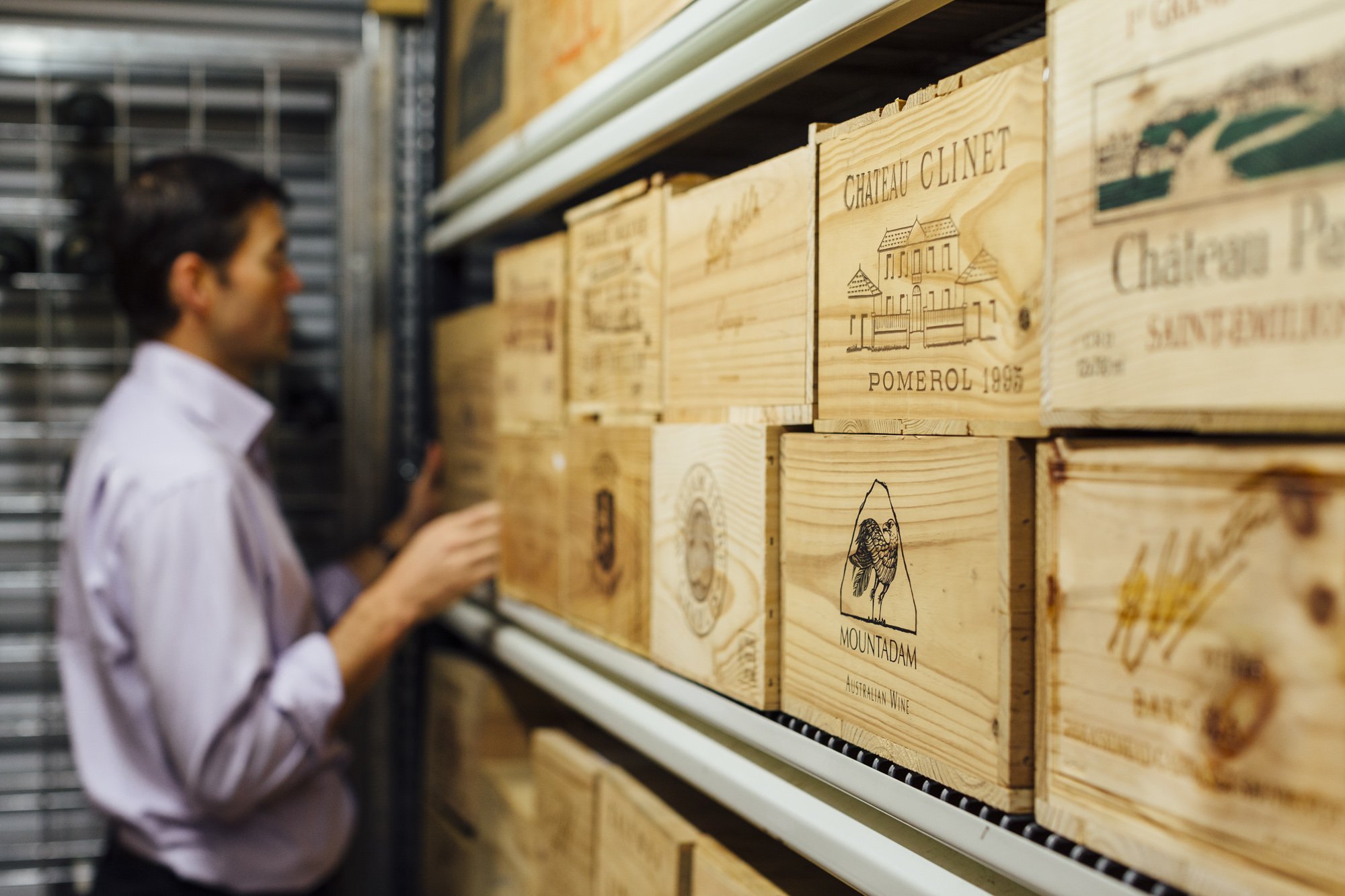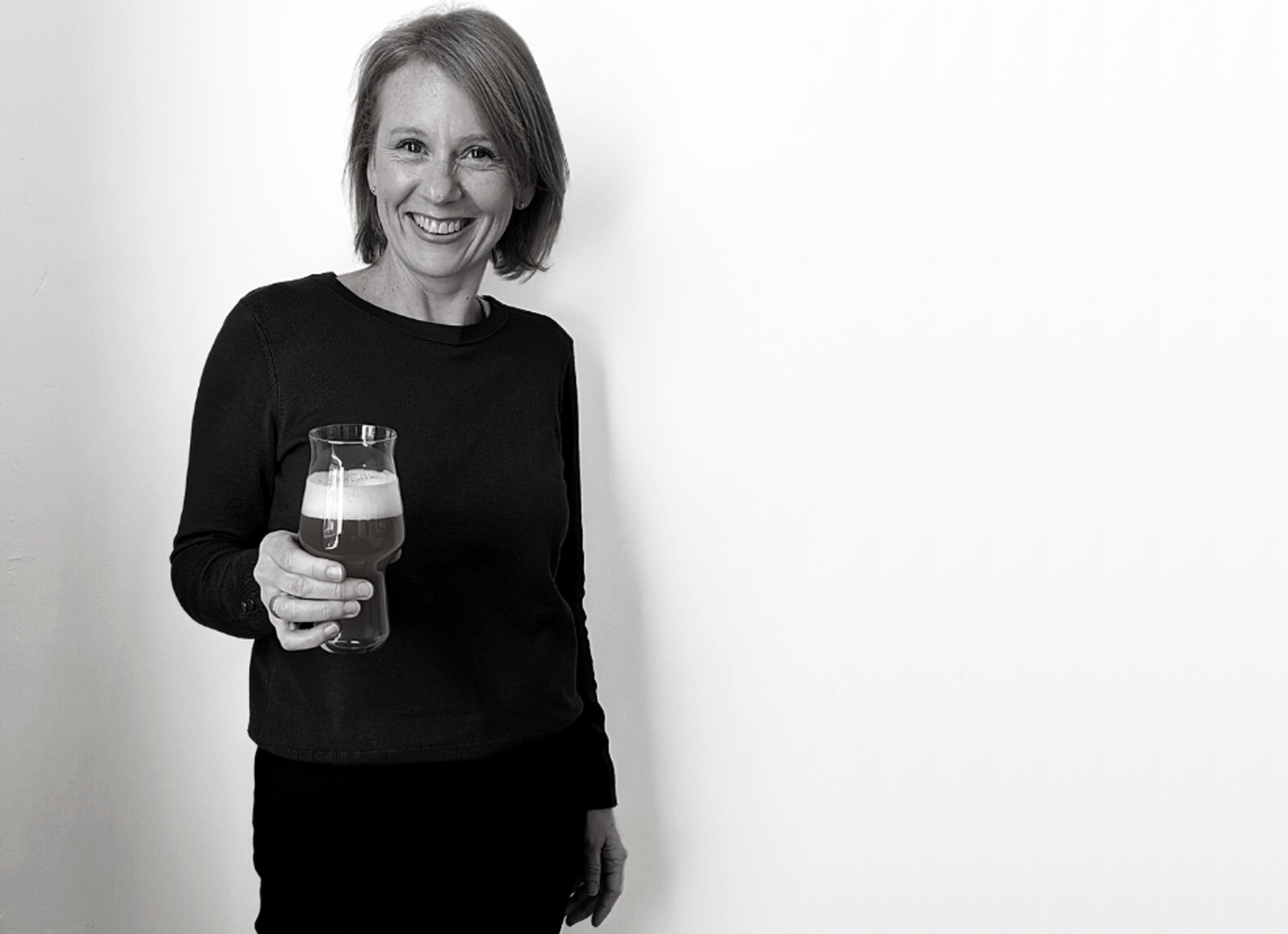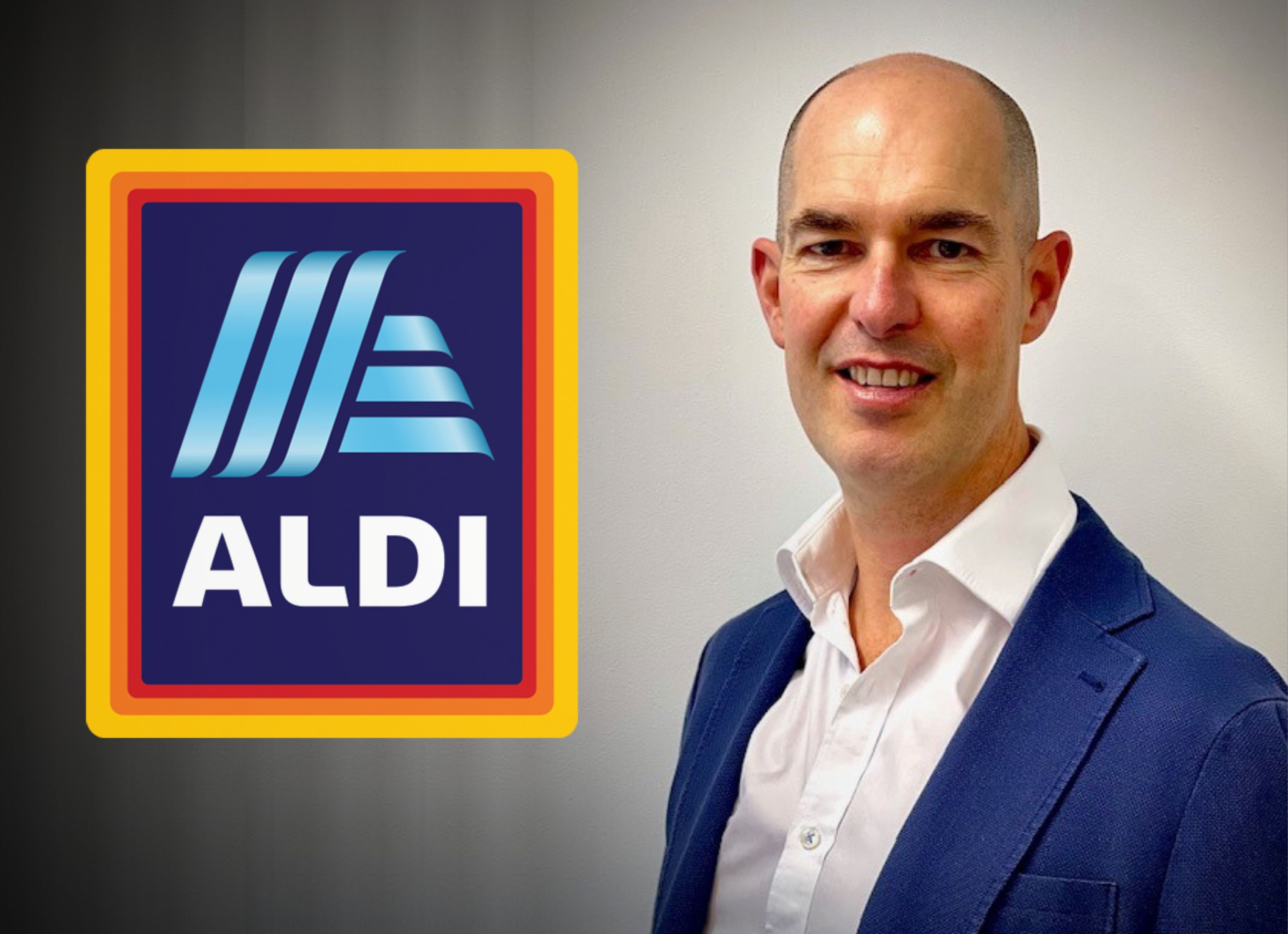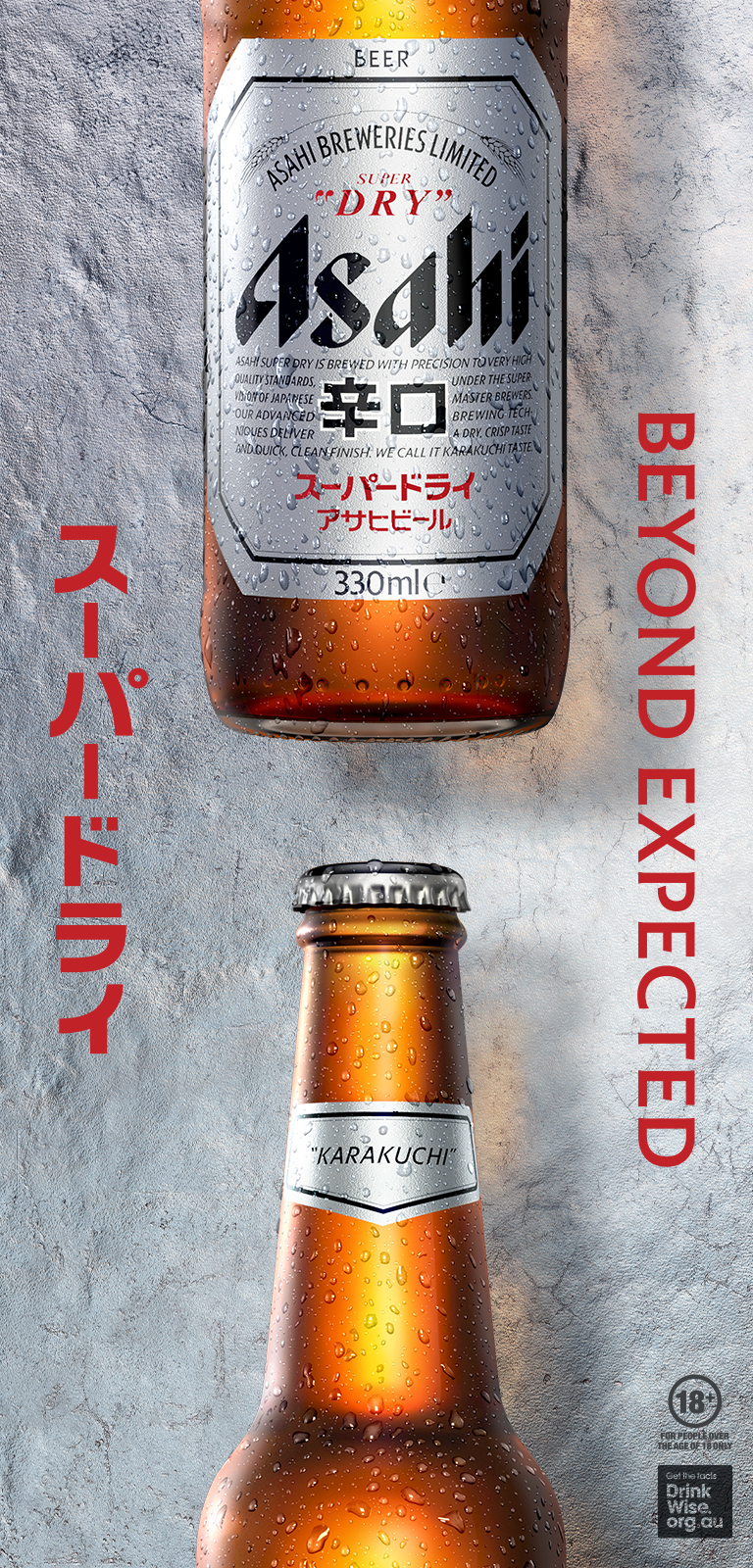Fourth Wave Wine, the company responsible for iconic wine brands such as Tread Softly, Little Giant, and Elephant in the Room, has a strong reputation for crafting brands that consumers want to buy. In this article, Co-Owner Nicholas Crampton reflects on Fourth Wave's 45-strong brand portfolio, and gives insight into how he and his team craft brands in response to the most important consumer trends.
Drinks Trade: First, what is the ‘elevator pitch’ for Fourth Wave Wine?
Nicholas Crampton: What is my elevator pitch? Fourth Wave Wine is a specialist sales and marketing company focused on understanding the consumer, giving them relevant brands that they're interested in in buying… We partner with specialists who are best at growing and best at best at making wine.
If you look at car companies or Apple as an example, Apple outsource all their manufacturing so they can focus on what is most important to them, [which is] making great products, selling those products and marketing those products. We're seeing in the industry a lot of vineyards being sold to superannuation funds who are happy with a solid asset and lower return. So again, our model is to focus on the bits where we have the most value, which is obviously sales and marketing, and through long-term partnerships with specialists who are better and more focused than we are on growing and making those wines.
DT: Can you explain how these brands cone about? What comes first, the vineyard partner or the idea?
NC: It's always the idea first. One of the great strengths of not owning is you're not being pressured to sell what you've got. Obviously, most people start in a time honoured fashion where you start with a vineyard and then you get working on how to sell it. We very much work out what consumers are looking for, and then go and source wine or have more wine made for us to meet what that consumers looking for That gives us massive flexibility. We're not stuck with any variety or any region, so if we believe there's opportunity for a New Zealand brand, we'll go and find a partner in New Zealand.
DT: According to your website, Fourth Wave Wine has 45 brands in its portfolio… Can you explain the considerations at play when launching new brands to market?
NC: Our core, market-leading brands/our very top brands have got high loyalty [and are] often number one in their category. A brand like Tread Softly (our number one) might be one logo on a page, but it's 30% of our focus, and then we have brands like Little Giant and Elephant in the Room. They're our core three... Whilst there's a lot of a lot of logos on a page, there is a real core of our leading brands. Often the other brands have either had a small channel play or they've been historical brands.
Part of being on trend is you are launching new brands every year, and the idea is that the average - your top 20 or your top 10 - is better every year. But there are brands out there that are smaller but still have loyal consumers and loyal retailers, so we do keep those.
DT: With so many brands, how do you avoid cannibalisation?
NC: If I went through all of our brands, I could give you a role for each brand, but the big ones are of scale and then by the end it could be a channel play or value play… But every time we launch a new brand, your first thought clearly is how does that differentiate from what else you're doing. Normally it's hitting a new opportunity, let's say no added sugar or a new possible region, or youth or whatever it is. In general, you wouldn't launch a new brand unless there was already a gap within your portfolio, and that helps us minimise canibalisation.
You do get to a point, let's say with Pinot Noir - where we've got at least two or three of the top five by volume - so sure, within affordable Pinot we do have the issue of cannibalisation, and we don’t take lightly to launching there again.
But In terms of the approach to launching new brands, we would normally not look at wine specific trends. I'm not particularly interested in a new varietal or a new region or, you know, someone deciding basket press is important. We don't really look at wine trends, we look at global consumer trends.
DT: What global consumer trends are you currently seeing opportunity in?
NC: Trends like health and well-being or sustainability. Obviously, they're mega shifts in the concern of consumers and it's a pretty consistent global message. Then there are other trends that you can clearly see over time.
The vast majority of beverage trends in Australia start in either the US or the UK… On one hand you're looking at macro consumer trends, on the other hand, you're watching what's happening elsewhere around the world: these are the two big drivers that would get a national retailer like Endeavour to have their buyers saying that's what they're looking for. We try to get an agreement with a national retailer (or a number of them) about what is gonna happen next, and then we try add our creativity and thought to their thought. If we just copy what a retailer asks for, that doesn't give any value.
Funnily enough, the biggest trend coming out of the US now is a desire to make more elegant wines, which we already did. So it's a funny one for me at the moment, because they're almost learning something from us. Ten years ago, Australian wine was ‘Parkerised’ and heavy and oaky and alcoholic and we've dialled it back and become more elegant. I can't actually think at the moment of a particular trend outside of ‘no added sugar’ that I think America's leading on us at the moment.
DT: How would you compare Fourth Wave to some of its direct competitors, such as Pinnacle?
NC: I think we're all doing the same thing, but I think because we are pure play and so focused on innovation, we do a lot of what everyone else does, but we just do it better. We have nothing holding us back from being fast-moving.
I had eight years at what's now Treasury (for me it was Southcorp and Foster's): you've got brand managers, etcetera, responsible for innovation as a mid-tier and those ideas go up and get approved by management and then come back down again… The innovation team will have a great idea, but then it goes through ten hands and it's made safe and dumbed down and, by the end, it's not cutting/it's not edgy/it's not brave.
Wherein Fourth Wave, I’m a Co-Owner, a Founder, and doing the NPD. I really focus on only two things now, which is new products and talking to big customers to sell those new products. So our biggest difference would be it's a top-down innovation from someone who's been doing for 20 years talking to a designer who’s been doing it for 30 years.
If you look at Endeavour with Pinnacle: they're a big competitor, but they're also a great strength because they make us have to be excellent to get on the shelf. We face this really really strong sort of tension with them that we have to be excellent to get on their shelf.
DT: How fast is the turnaround from idea to product launch?
NC: They're all different. To the point before, if you fall into a lucky opportunity where you have a wine on hand that is suitable, you can move very quickly. Normally, we have to make wine, but yes, in general there's examples where we have literally seen an opportunity (it may have been talking to a customer or something's happened) and we've gone right, this is what we'll do, and one of the ways you do that obviously is you're always thinking about the category. I'm constantly immersed in the category, travelling, observing, thinking, so that when an idea does come, we're pretty quick onto it… Our fastest concept from discussion would be a week of a top level one, but normally it would take three months. I would say we're still the fastest out there, but speed is not always an asset and we just try to be as fast as we need to be.
DT: How do you manage the brands that flop?
NC: The ones that totally flop are easy, you just delete them. So yes, we absolutely do delete and we're trying to delete more. Where it gets hard is there are things that I wanted to delete but that a certain country around the world wants to keep… But in general, if something doesn't work we find out relatively quickly. We don't believe in that sort of fast fail of throwing it out there and hoping. Everything we do we have high hopes for. I find that, if there’s something we like the idea of and it gets through and it's accepted by major retailers, it normally works.
I try to delete everything I can that doesn't work, but some do hold on in various markets around the world. Sometimes a brand fails in Australia, but works in say New Zealand or in Canada. I don't 100% know why, but it's usually because the importer has a passion for it. The Australian shelves very dynamic and very modern, so the benchmark to stand out in Australia might be higher than it would be in a more conservative market, so sometimes things just work. But in general, I try to delete as much as I can.
DT: Can you explain a little more how you spot trends and how you know if a product will work in a market?
NC: One of the crucial things about us is we are focused on the retail shelf. If you look at an adoption curve, most adoption curves will show early adopters and then a gap and then mainstream adoption, then mainstream. So the point is, we're trying to work out when a trend is going to jump from being popular in, let's say, wine bars where there might be a sommelier or a bartender recommending you something, to buying on a retail shelf without anybody talking to you. Because it will never really get big until somebody walks into a shop and will buy it without being prompted or assisted by someone in the store.
As an example, a lot of people are happy to drink natural wine with no varietal no name (you know, moon juice made in a bathtub) if you're offered that by a guy in Paris… If you walked in a bottle shop, you might not buy it, and that's where things like natural are not jumping over.
Likewise, rosé started in Australia ten years after what we thought it would start… There were articles 15 years ago about why Australians didn't drink rosé. It started in restaurants on the eastern suburbs of Sydney, and you'd almost plot it going out through on-premise, then starting in the better bottle shops of the eastern suburbs, and then going all out.
We're looking for a simple, easily understood idea that then can get to a scale where it can be shopped without the assistance of someone selling it to you, which is why packaging is so important to us. We need a product that will basically be pulled off a shelf just by being seen and experienced.
DT: How do you approach marketing your wine brands?
NC: For me, it has to work off the shelf. Obviously we try to build distribution and awareness - so yes, being a brand known means when somebody sees it in a shop, they will buy it - but in general, the primary focus [is having] the right product with a great pack to get somebody to pick it up.
We do support launches now. We never used to. We used to be more like a Darwinian ‘put it on the shelf and if it started to work with then try to take it broader’... but you need the right idea in the right pack, otherwise marketing won't help you. You can advertise what you want, but if it's the wrong product it won't work.
DT: What are the most common mistakes made when it comes to making a wine stand out on a shelf?
NC: The two mistakes my people make is either that it's bland or boring. I think the rules have never changed. What used to be the six-foot rules is now the six-metre rule, so if you walk into a Dan Murphy’s and you’re six metres from the shelf, does something strike your eye/does something stand out? Also, a lot of people would tend to copy and try to try to say well if someone else does something that works let's copy that. You need the original idea. You need good design to stand out and then just classic marketing iconography.
As an example, 20 years ago every Sauvignon Blanc had a green bottle. Someone did an article about how light blue bottle stood out, and now everyone's in light blue so the ones that aren't in light blue stand out. So you have to go in cycles. Tread Softly work because the shelf got so busy with so many modern labels, but for a consumer who wanted a bit of calm and peace in a busy world the simple Tread Softly label really worked.
DT: How about different package formats?
NC: I Think we've just scratched the surface on format. I was really surprised at how successful the bagnum launch in Australia was, and that's a great example where Endeavour lead with more expensive bagnums than I thought was possible. One thing about marketing, you need to understand how much impact you can actually have. If you've got a budget of $5 million, you won't get that much done, so you have to be cautious about your ambition. With that bagnum [launch], what was found was that younger consumers were aware of the sustainable benefits of the bag. How they found out, I don't know, but certainly they've got to a mass level of awareness of the benefits.
Cans had a huge launch and they've now started to see through the convenience of cans are really working albeit more in sparkling and standing up occasions. Then there's still that long-term opportunity for people in a single person household to have one can per night.
DT: How does price factor into branding decisions?
NC: Our whole model has always been that we are a low-cost supplier. We want to sell for above the category average, otherwise, there's no point in us being here. I don't have the exact data in front of me, but roughly in Australia every bottle of wine is $11… We focus strongly between that $12 and $20. And that's the same in the UK, Canada, et cetera. Always just above the average bottle price.
Premium wine, to be honest, is a very fragmented category, and I believe the boutique winemakers are doing it better than we are.
DT: Lastly, what’s next for Fourth Wave Wine?
NC: We'll continue to try to stay on the cutting edge of the connection between the wine industry and consumers. But certainly, we have a global focus to be in as many markets as we can, selling as many brands from as many countries as we can.
Share the content
